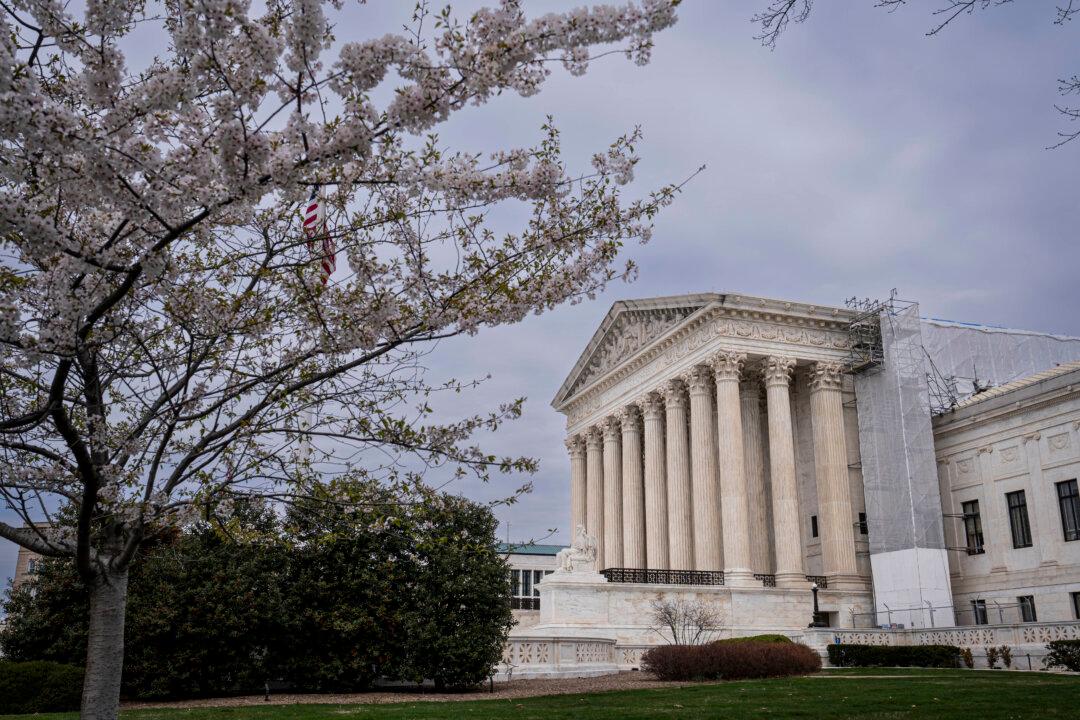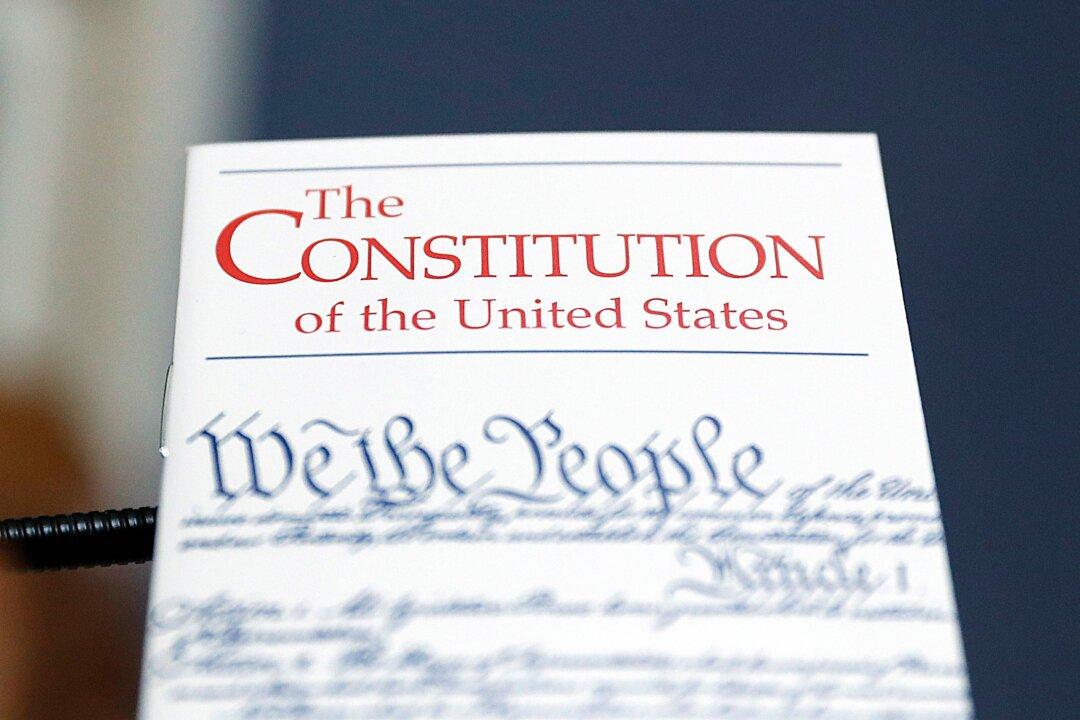Sidney Powell is a former federal prosecutor and leading critic of the 2020 presidential election. The mainstream media recently sent us two messages about her. They illustrate how “woke” reporters attack public figures they dislike.
One message was that Powell now admits no reasonable person would believe her claims about manipulated voting machines. The other was that she thinks President Joe Biden will be forced to step aside to make way for Donald Trump.
Both messages seriously distort Powell’s positions in ways intended to demean and marginalize her.
I have never met Powell and have no particular attitude toward her, positive or negative. But professional journalists should treat everyone fairly. By not treating Powell fairly, journalists impugn their own professionalism.
Here’s how it works:
Suppose Sen. John Doe delivers a major policy address. The topic is how to improve K-12 education, and Doe proposes six different reforms.
A responsible journalist reporting on the speech would carefully summarize all six proposals. The journalist would write the story so readers feel almost as if they heard Doe’s speech themselves. To add context, the writer might report reactions from education experts, bystanders, or some of Doe’s political opponents.
But an irresponsible journalist hostile to Doe might focus on only one of the six proposals, distort it to make him look bad, and ignore the other five entirely. This is the distort and blackout technique.
Moreover, some reporters might ice the poison cake by presenting distorted versions to others for comment, thereby obtaining predictably unfavorable responses.
Here’s how the media has done this to Powell:
Powell has been very critical of Dominion Voting System’s voting machines. The company has responded by suing her for libel. Her attorneys have asked the court to dismiss Dominion’s case.
One reason is a technical legal argument employed to defend defamation cases. The argument is that a person can’t be held liable for expressing opinions. Powell’s attorney’s argued she was expressing her opinion about Dominion’s voting machines and that those machines were manipulated to alter the 2020 presidential election results. The memorandum further states that because she was representing the Trump campaign in a partisan political environment, reasonable listeners would understand that she was expressing opinions.
Even though the memorandum specifically states that Powell believed—and believes—her opinion to be correct, the mainstream media distorted the legal argument into a personal admission by Powell that her claims were false.
In addition, the media blacked out all of the memorandum’s other defenses.
The mainstream media employed the same distort and blackout technique in “reporting” on her latest remarks about the 2020 presidential election.
On May 29, Powell was interviewed on stage at a political conference. The interview was lengthy and contained a lot of material legitimate journalists might find worthy of reporting. But the media blacked out everything except a single item, and they distorted that item.
“‘He can simply be reinstated,’ Powell said of Trump during the conference. The crowd cheered loudly in response to her groundless claims. ‘And Biden is told to move out of the White House,’ the lawyer continued with a smirk on her face.”
This account portrays Powell as malevolent—the smirk—and wacky—because she thinks Biden will be forced from office and replaced by Trump.
Powell made her comments in response to a hypothetical question. The moderator asked, “All right, Sidney, let’s give the audience and us a chance to dream a little bit together.” The moderator proceeded to lay out an improbable scenario in which all the battleground states change their certified election results. Then he continued: “Let’s just allow ourselves to dream for a moment. Trump is then announced the winner. What happens?”
Thus, Powell wasn’t responding to anything that has happened or is likely to happen. The moderator gave her a hypothetical situation and asked her to speculate.
Any rational person would understand that the moderator’s hypothetical scenario is highly improbable. It would require election audits and reversal of results in all the battleground states, new votes by presidential electors, a congressional recount of the Electoral College, and Congress’s announcement that Trump was the winner. It was, as the moderator twice said explicitly, a “dream.”
Powell is a lawyer, and improbable hypothetical scenarios are familiar to all lawyers. Professors’ “hypos,” as they’re called, are a mainstay in law school classrooms. Legal educators spin them to force students to consider and respond to shifting factual situations.
Faced with the question, Powell proceeded in a wholly responsible manner. Initially, she cautioned that this was “uncharted territory.” She then noted there were some previous cases in which the court reversed the election results and ordered the newly certified loser to give up office to the newly certified winner. In such cases, as Powell observed, the winner serves out only the original term; there is no credit for “time lost.” Her answer showed she understood that courts use certain powers—called equitable powers—to map out rules in previously uncharted territory.
She then cautioned that the previous court decisions didn’t involve presidential elections. Nevertheless, she applied their basic principles to presidential elections.
Under those principles, Powell concluded, a court might force Biden to yield office to Trump, without credit for time lost, as in other cases of reversing fraudulent elections.
One can disagree with Powell on the law, but her answer deserved to be reported respectfully.
Not satisfied with their initial takedown of Powell, media hacks presented their out-of-context version to several legal scholars, who naively offered predictably negative opinions.
The smearing of Sidney Powell exemplifies why many years ago I adopted these rules:
First, never accept media reports of court proceedings as fact. Journalists are usually ignorant of the law. And even when they aren’t, they often have agendas. Always read the court papers yourself.
Second, a scholar should never comment on an event based on a single reporter’s account. Always do background research before issuing an opinion.
Finally, be skeptical of media claims in which they’re heavily invested. In the case of the 2020 election, most national media adopted a “no problems” narrative hastily and without prior investigation. Their fanatical insistence on that narrative in the face of reasonable doubt is one reason to question it.






Friends Read Free